The lift coefficient cl versus angle of attack curve of a negatively cambered ? [ Formation assignment ]
Question 237-1 : To the right of the origin at the origin to the left of the origin nowhere
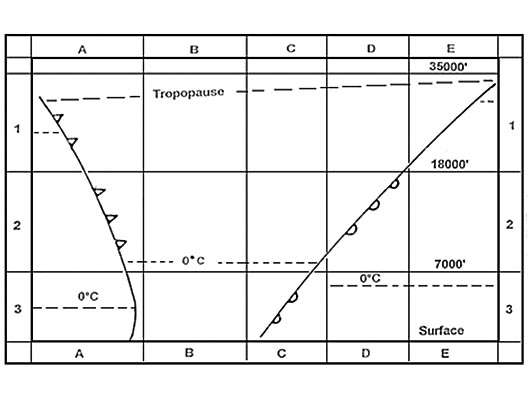 To the right of the origin.
To the right of the origin. Regarding the lift formula if density doubles lift will ?
Question 237-2 : Also double be 4 times greater halve remain the same
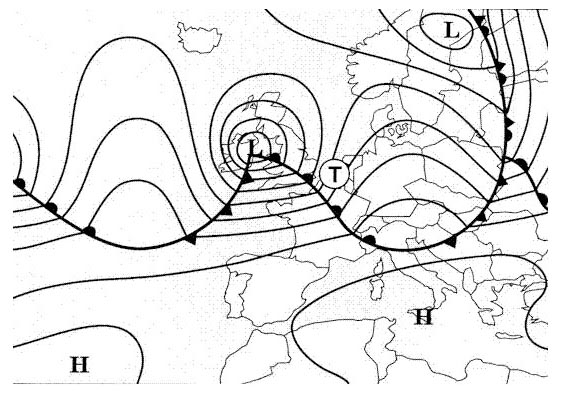 Also double.
Also double. Assuming all bodies have the same cross sectional area and are in motion which ?
Question 237-3 : Body b body a body c body d
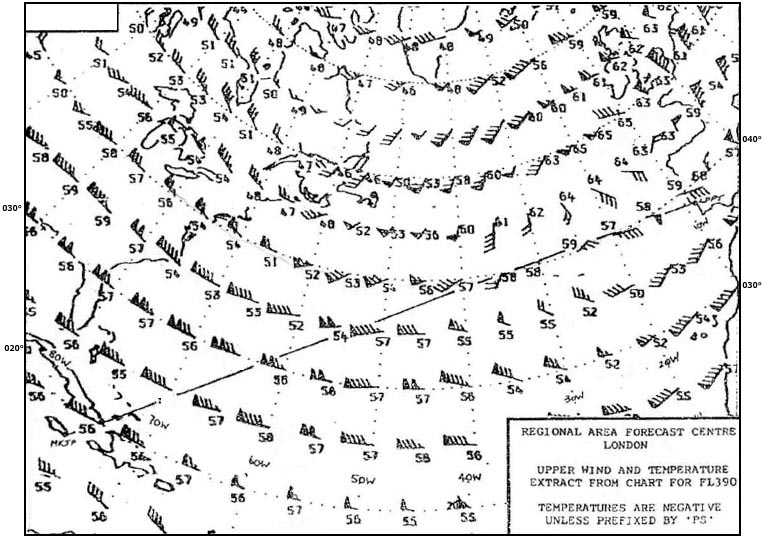 Body b.
Body b. When a wing spoiler is extended at constant angle of attack ?
Question 237-4 : Drag increases but lift decreases both drag and lift increase drag increases but lift remains constant both drag and lift decrease
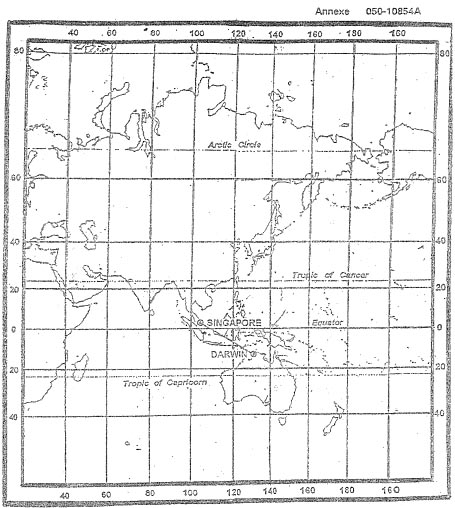 Drag increases but lift decreases.
Drag increases but lift decreases. The point where the single resultant aerodynamic force acts on an aerofoil is ?
Question 237-5 : Centre of pressure centre of gravity neutral point aerodynamic centre
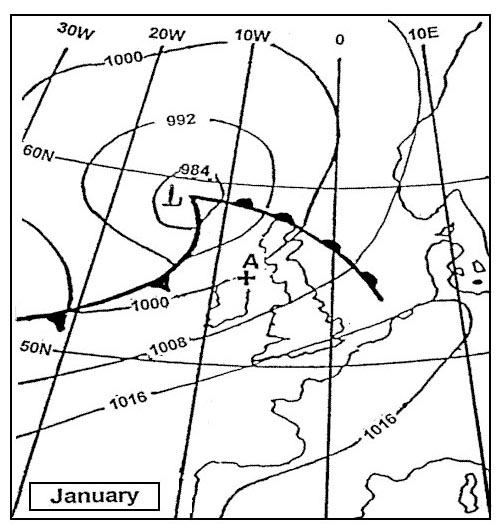 Centre of pressure.
Centre of pressure. Wing loading is the ratio between ?
Question 237-6 : Aeroplane weight and wing area chord and aeroplane weight aeroplane weight and lift coefficient aeroplane weight and wing span
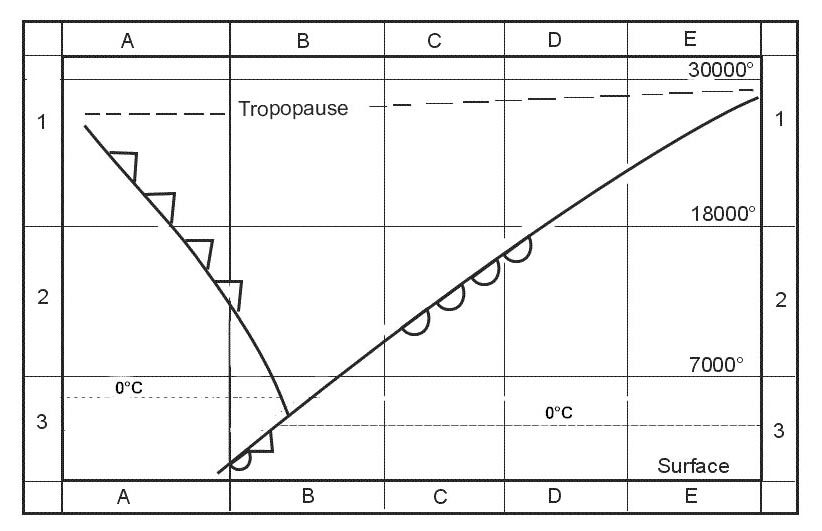 Aeroplane weight and wing area.
Aeroplane weight and wing area. Increasing the aspect ratio of a wing ?
Question 237-7 : Decreases induced drag decreases gust load increases stall speed increases induced drag
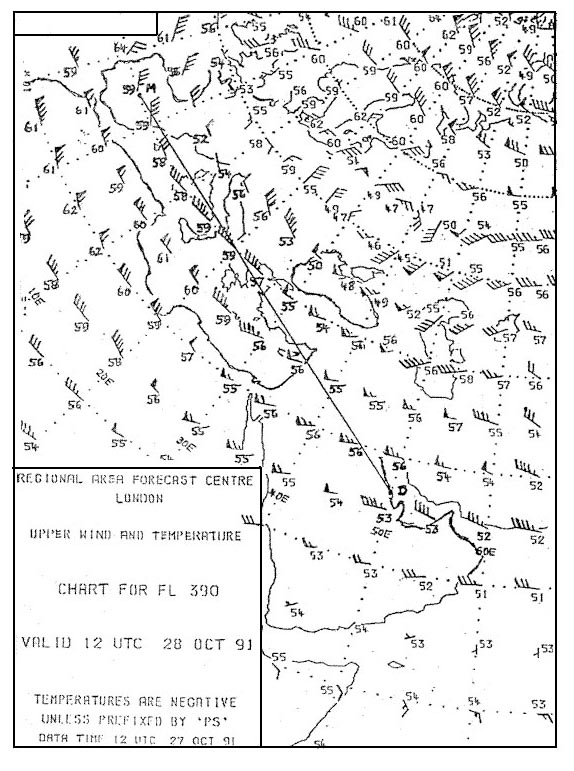 Decreases induced drag.
Decreases induced drag. What may happen if the 'ultimate load factor' is exceeded ?
Question 237-8 : Structural failure elastic or temporary deformation only no structural failure only plastic or permanent deformation flutter
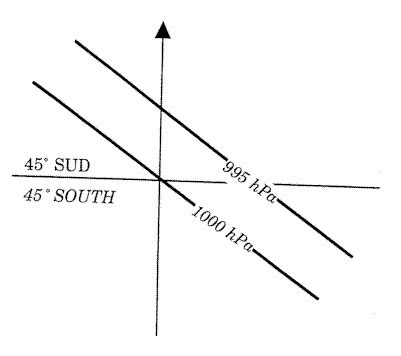 Structural failure.
Structural failure. The increase in stall speed ias with increasing altitude is due to ?
Question 237-9 : Compressibility effects exceedance of mcrit an increase in tas the larger angle of attack necessary in lower density air to obtain the same lift as at sea level
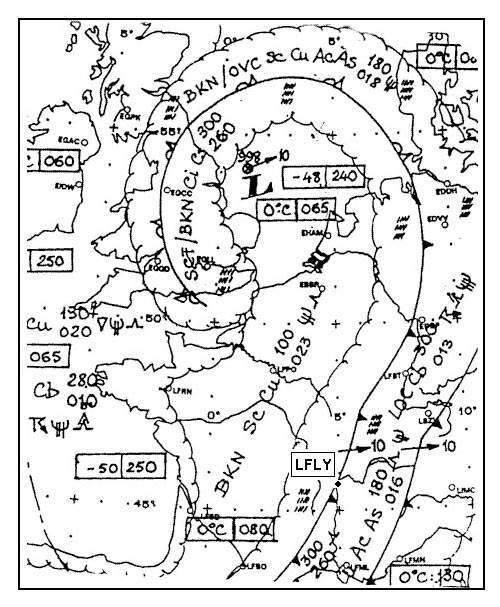 Compressibility effects.
Compressibility effects. An large jet transport aeroplane has the following four flap positions up take ?
Question 237-10 : Slats from retracted to extended flaps from approach to landing flaps from up to take off flaps from take off to approach
 Slats from retracted to extended.
Slats from retracted to extended. In a straight steady climb the thrust must be ?
Question 237-11 : Greater than the drag because it must also balance a component of weight greater than drag because more lift has to be produced lower than the drag because it is assisted by a component of weight equal to the drag
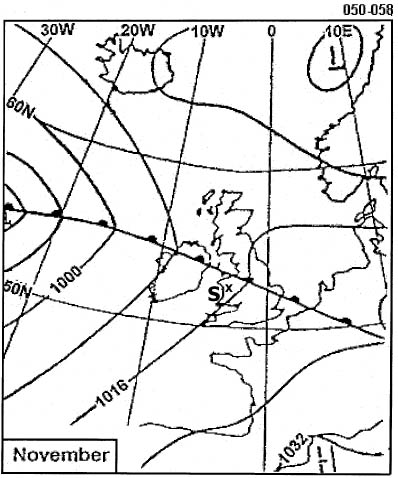 Greater than the drag because it must also balance a component of weight.
Greater than the drag because it must also balance a component of weight. Regarding a positively cambered aerofoil section which statement is correct .i ?
Question 237-12 : I is correct and ii is correct i is correct and ii is incorrect i is incorrect and ii is correct i is incorrect and ii is incorrect
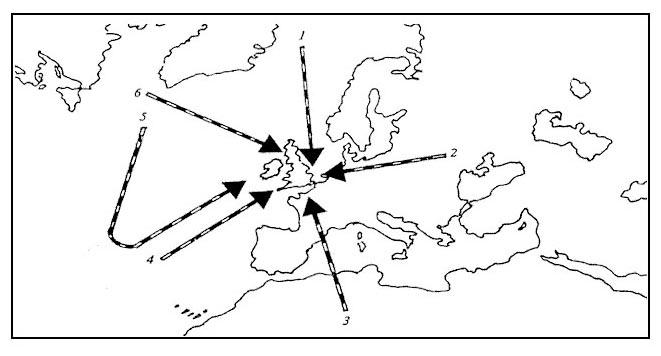 I is correct and ii is correct.
I is correct and ii is correct. Regarding a symmetric aerofoil section which statement is correct .i the angle ?
Question 237-13 : I is correct and ii is correct i is correct and ii is incorrect i is incorrect and ii is incorrect i is incorrect and ii is correct
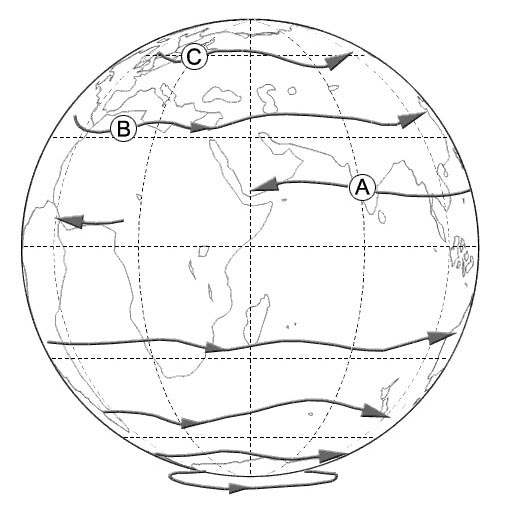 I is correct and ii is correct.
I is correct and ii is correct. Regarding a symmetric aerofoil section which statement is correct .i the angle ?
Question 237-14 : I is incorrect and ii is incorrect i is correct and ii is incorrect i is incorrect and ii is correct i is correct and ii is correct
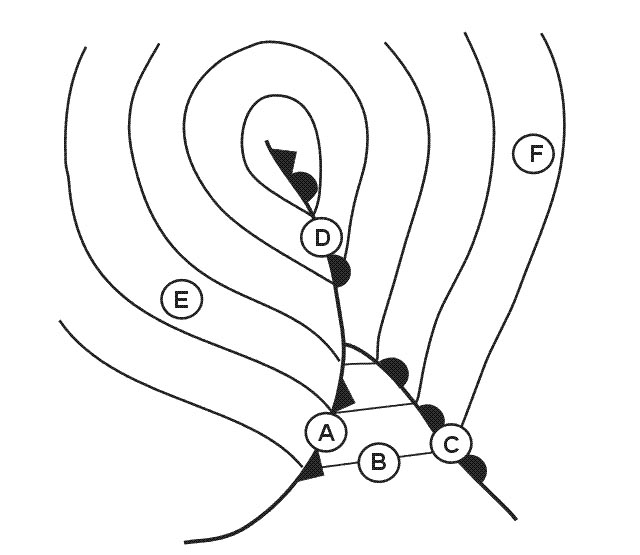 I is incorrect and ii is incorrect.
I is incorrect and ii is incorrect. Which of these statements about wing sweepback are correct or incorrect .i ?
Question 237-15 : I is correct ii is correct i is correct ii is incorrect i is incorrect ii is correct i is incorrect ii is incorrect
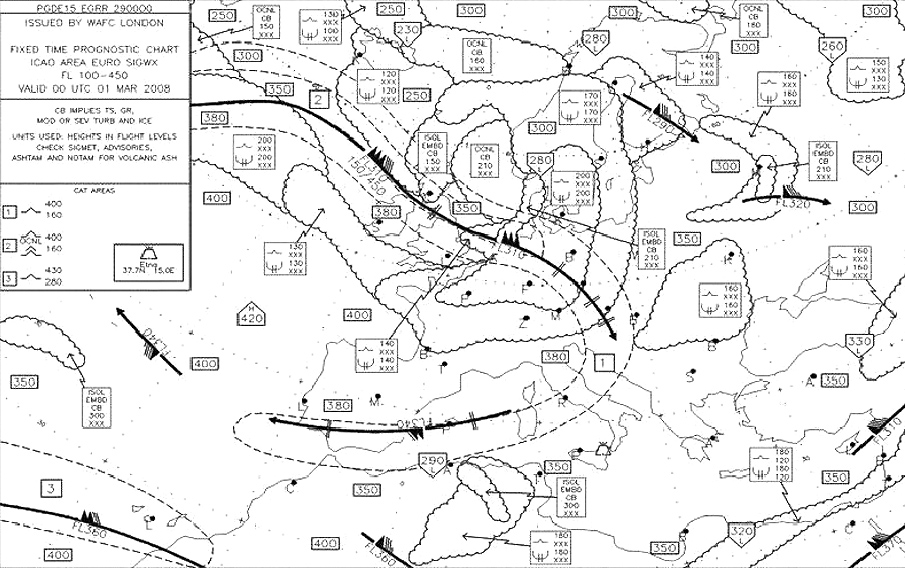 I is correct, ii is correct.
I is correct, ii is correct. Considering subsonic incompressible airflow through a venturi which statement ?
Question 237-16 : I is correct ii is correct i is correct ii is incorrect i is incorrect ii is correct i is incorrect ii is incorrect
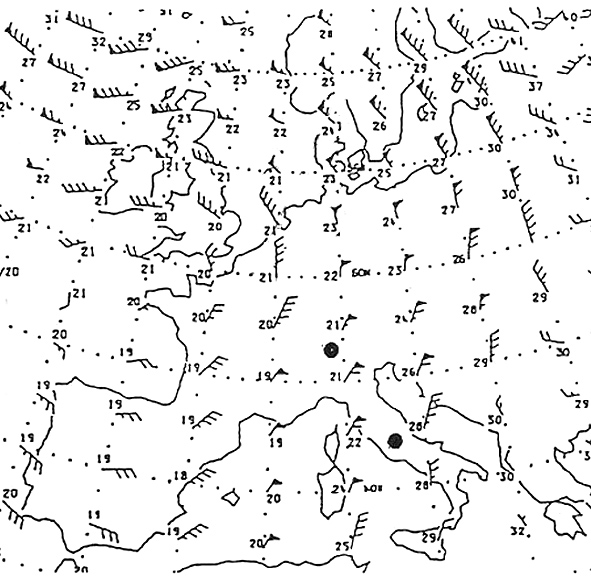 I is correct, ii is correct.
I is correct, ii is correct. Which of these statements about the strength of wing tip vortices are correct ?
Question 237-17 : I is correct ii is correct i is correct ii is incorrect i is incorrect ii is correct i is incorrect ii is incorrect
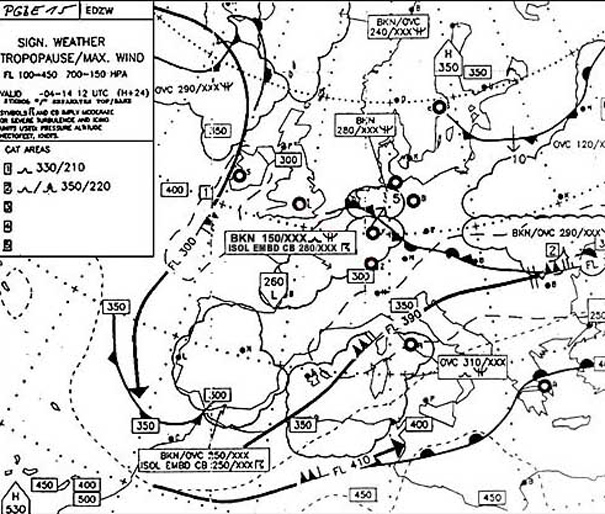 I is correct, ii is correct.
I is correct, ii is correct. Considering subsonic incompressible airflow through a venturi which statement ?
Question 237-18 : I is incorrect ii is incorrect i is correct ii is incorrect i is correct ii is correct i is incorrect ii is correct
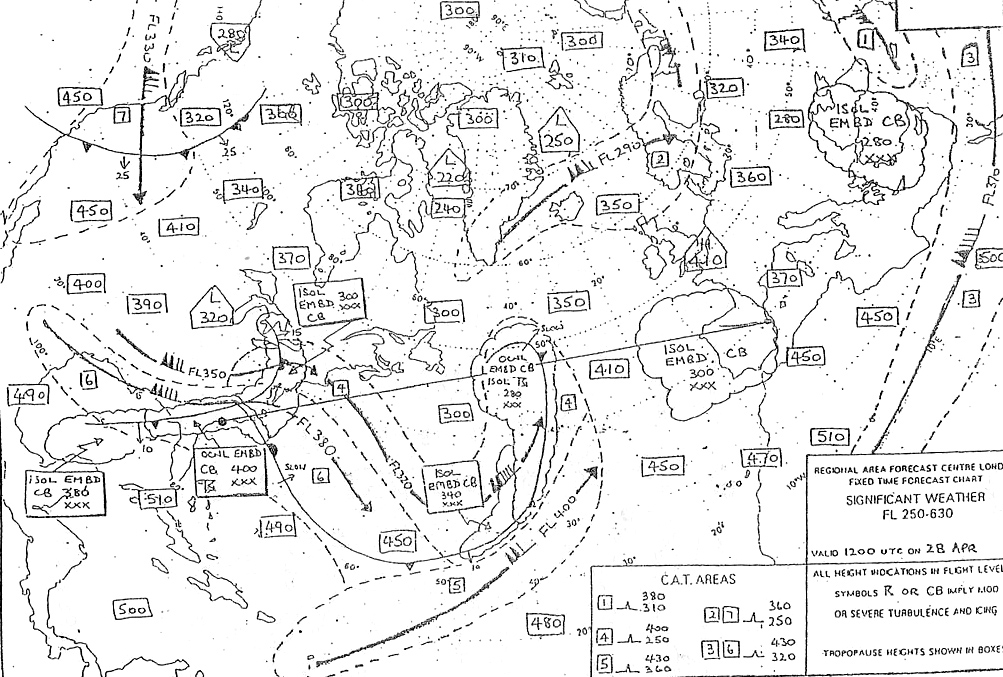 I is incorrect, ii is incorrect.
I is incorrect, ii is incorrect. Assuming no flow separation which of these statements about the flow around an ?
Question 237-19 : I is correct ii is correct i is incorrect ii is incorrect i is incorrect ii is correct i is correct ii is incorrect
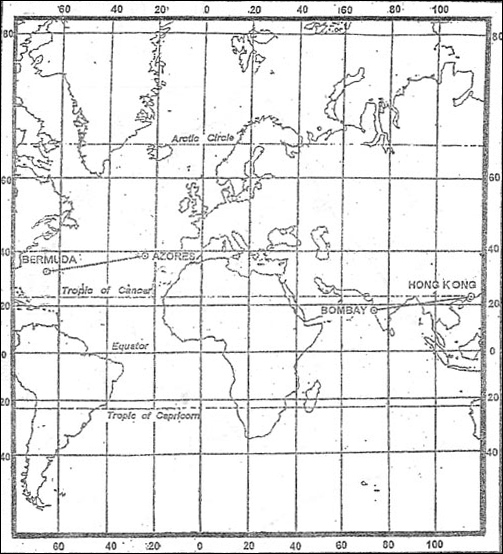 I is correct, ii is correct.
I is correct, ii is correct. Considering subsonic incompressible airflow through a venturi which statement ?
Question 237-20 : I is correct ii is incorrect i is incorrect ii is incorrect i is correct ii is correct i is incorrect ii is correct
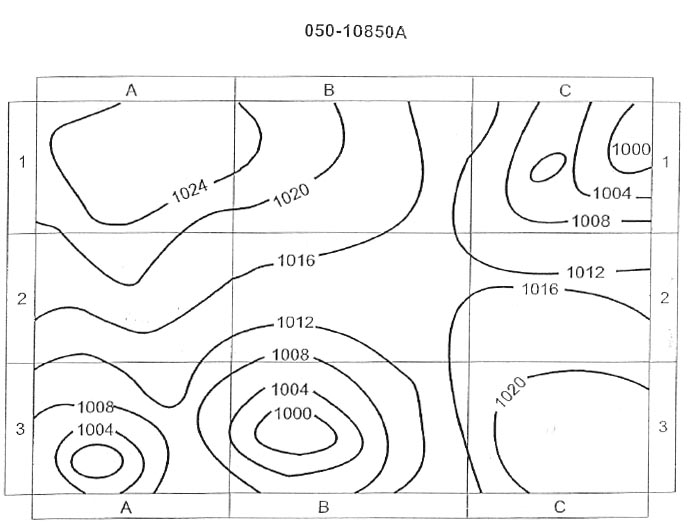 I is correct, ii is incorrect.
I is correct, ii is incorrect. Assuming isa conditions and no compressibility effects if an aeroplane ?
Question 237-21 : Tas is lower at the lower altitude ias is lower at the lower altitude ias is higher at the lower altitude tas is higher at the lower altitude
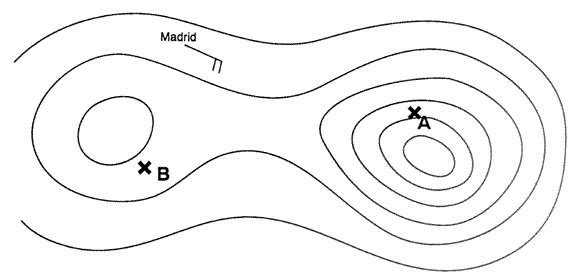 Tas is lower at the lower altitude.
Tas is lower at the lower altitude. The main purpose of a boundary layer fence on a swept wing is to ?
Question 237-22 : Improve the low speed handling characteristics improve the high speed handling characteristics increase the critical mach number improve the lift coefficient of the trailing edge flaps
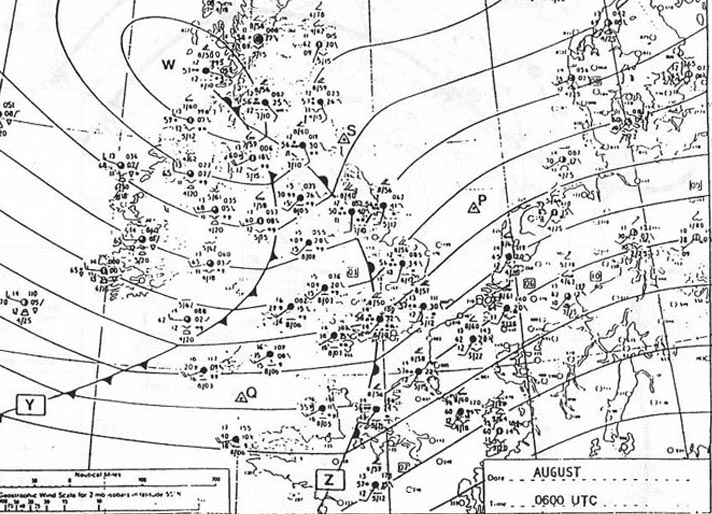 Improve the low speed handling characteristics.
Improve the low speed handling characteristics. The stall speed decreases . all other relevant factors are constant ?
Question 237-23 : When during a manoeuvre the aeroplane nose is suddenly pushed firmly downwards e g as in a push over in a horizontal turn when flaps are retracted when the cg is moved forward
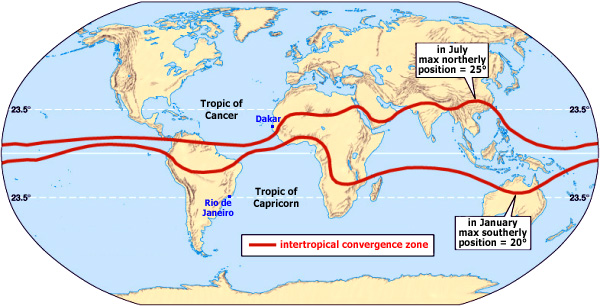 When, during a manoeuvre, the aeroplane nose is suddenly pushed firmly downwards (e.g. as in a push over).
When, during a manoeuvre, the aeroplane nose is suddenly pushed firmly downwards (e.g. as in a push over). The load factor is greater than 1 one ?
Question 237-24 : When lift is greater than weight in steady wings level horizontal flight during a wings level stall before recovery when lift is less than weight
Which of these statements about weight or mass is correct ?
Question 237-25 : In the si system the unit of measurement for weight is the newton in the si system the unit of measurement for weight is the kilogram the weight of an object is independent of the acceleration due to gravity the mass of an object depends on the acceleration due to gravity
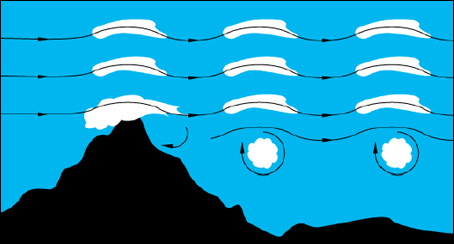 In the si system the unit of measurement for weight is the newton.
In the si system the unit of measurement for weight is the newton. What is the effect of winglets on the drag of the wing ?
Question 237-26 : Increase parasite drag decrease induced drag increase induced drag decrease friction drag increase friction drag decrease form drag increase induced drag decrease interference drag
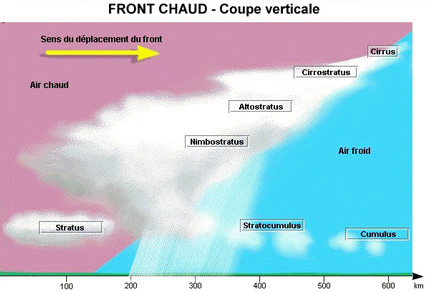 Increase parasite drag, decrease induced drag.
Increase parasite drag, decrease induced drag. If the wing area is increased lift will ?
Question 237-27 : Increase because it is directly proportional to wing area increase with the square of the wing area remain constant not change because the lift coefficient is constant
Which of these statements about stall speed is correct ?
Question 237-28 : Increasing forward sweep increases stall speed increasing forward sweep decreases stall speed increasing wing anhedral decreases stall speed decreasing wing anhedral decreases stall speed
The lift formula can be written as . rho = density ?
Question 237-29 : L = cl * 1/2rho * v² * s l = w l = cl * 2rho * v² * s l = n * w
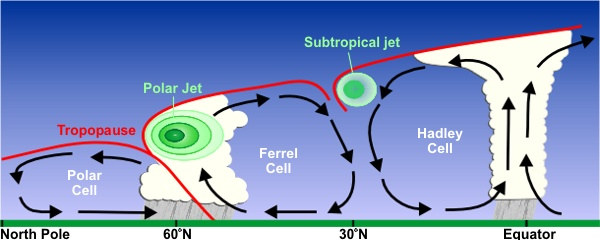 L = cl * 1/2rho * v² * s.
L = cl * 1/2rho * v² * s. During a straight steady climb and with the thrust force parallel to the flight ?
Question 237-30 : Lift is the same as during a descent at the same angle and mass lift is greater than weight lift is equal to weight drag is equal to thrust
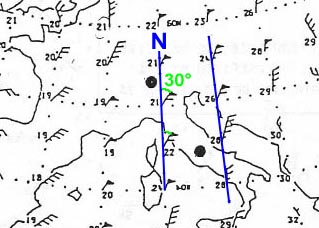 Lift is the same as during a descent at the same angle and mass.
Lift is the same as during a descent at the same angle and mass. Assuming no compressibility effects induced drag at constant ias is affected by ?
Question 237-31 : Aeroplane mass outside air temperature altitude engine thrust
Given that .pstat = static pressure .rho = density .pdyn = dynamic pressure ?
Question 237-32 : Pstat + 1/2rho * tas² = constant pdyn + pstat = 1/2rho * tas² pstat + 1/2rho * tas² = pdyn ptot = 1/2rho * ias² + pstat
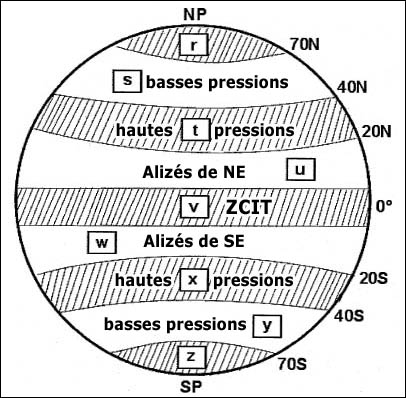 Pstat + 1/2rho * tas² = constant.
Pstat + 1/2rho * tas² = constant. The point in the diagram giving the lowest speed in unaccelerated flight is . ?
Question 237-33 : Point 4 point 1 point 2 point 3
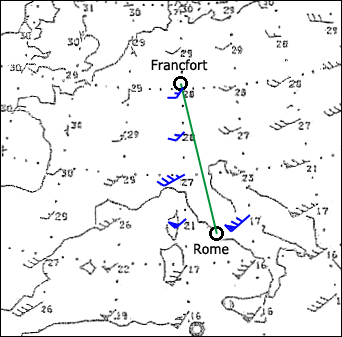 Point 4.
Point 4. The point in the annex showing zero lift is . err a 081 1269 ?
Question 237-34 : Point a point b point c point d
If the airspeed reduces in level flight below the speed for maximum l/d the ?
Question 237-35 : Increase because of increased induced drag reduce because of reduced induced drag increase because of increased parasite drag reduce because of reduced friction drag
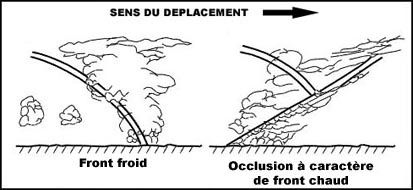 Increase because of increased induced drag.
Increase because of increased induced drag. Slat or flap asymmetry occurring after either extension or retraction may have ?
Question 237-36 : Slat asymmetry causes a yawing moment whereas flap asymmetry causes a large rolling moment slat and flap asymmetry both cause a large rolling moment slat asymmetry causes a large rolling moment whereas flap asymmetry causes a large yawing moment slat and flap asymmetry both cause a large yawing moment
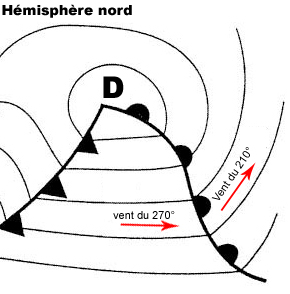 Slat asymmetry causes a yawing moment, whereas flap asymmetry causes a large rolling moment.
Slat asymmetry causes a yawing moment, whereas flap asymmetry causes a large rolling moment. Which of the following variables are required to calculate lift from the lift ?
Question 237-37 : Dynamic pressure lift coefficient and wing area square root of wing area density and wing loading total pressure and wing area only angle of attack aspect ratio and dynamic pressure
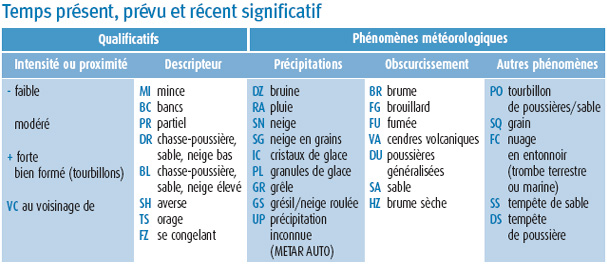 Dynamic pressure, lift coefficient and wing area.
Dynamic pressure, lift coefficient and wing area. Which of these statements about weight or mass is correct ?
Question 237-38 : Weight is a force the weight of an object is independent of the acceleration due to gravity the mass of an object depends on the acceleration due to gravity mass = weight * volume
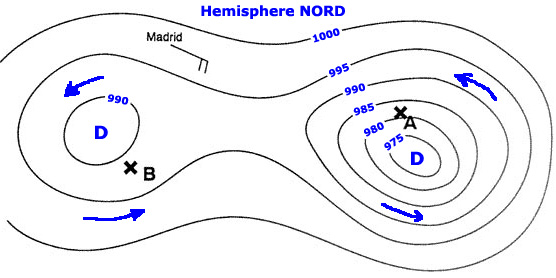 Weight is a force.
Weight is a force. The induced angle of attack is ?
Question 237-39 : The angle by which the relative airflow is deflected due to downwash the angle between the local flow at the wing and the horizontal tail the angle by which the flow over the wing is deflected when landing flaps are set caused by the fuselage and is greatest at the wing root
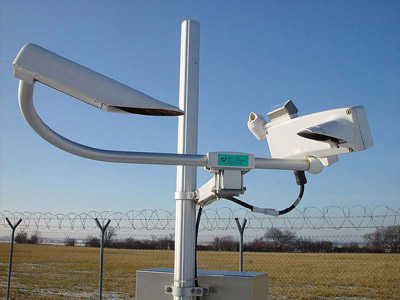 The angle by which the relative airflow is deflected due to downwash.
The angle by which the relative airflow is deflected due to downwash. When an aeroplane enters ground effect ?
Question 237-40 : The lift is increased and the drag is decreased the effective angle of attack is decreased the induced angle of attack is increased drag and lift are reduced
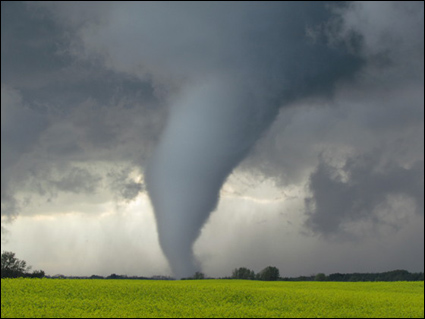 The lift is increased and the drag is decreased.
The lift is increased and the drag is decreased. ~
Exclusive rights reserved. Reproduction prohibited under penalty of prosecution.
9439 Free Training Exam
